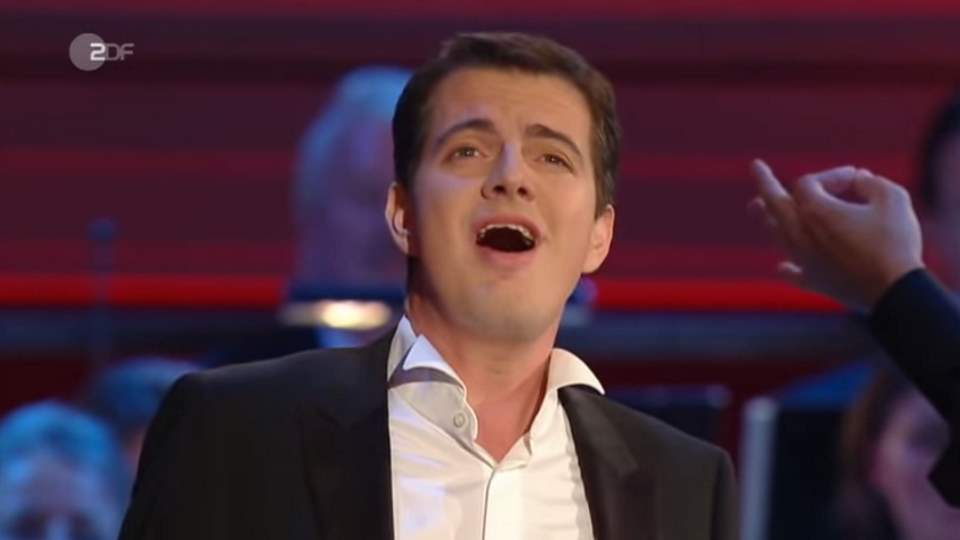Accompanied by the Italian early music ensemble Il Giardino Armonico (the Harmonious Garden), the great Italian mezzo-soprano Cecilia Bartoli sings “Ombra mai fu”, the opening aria from the 1738 opera Serse (Xerxes) by George Frideric Händel. Conductor: Giovanni Antonini.
George Frideric Händel’s Ombra Mai Fu
“Ombra mai fu” is an aria from Handel’s opera Serse (or Xerxes), composed in 1738. The opera was not well-received at its premiere in London, lasting only five performances before being pulled, making it a commercial failure. However, the aria itself experienced a revival in the 19th century and has since become one of Handel’s most beloved and iconic pieces. Handel’s version of “Ombra mai fu” was adapted from earlier settings by Giovanni Bononcini and Francesco Cavalli, both of whom also set the same libretto by Nicolò Minato. This lineage of adaptation shows the enduring appeal of the text and Handel’s talent for reinterpreting existing material in a way that left a lasting impact.
Originally composed for a soprano castrato, “Ombra mai fu” is now often performed by countertenors, contraltos, or mezzo-sopranos in modern productions of Serse. It has also been arranged for various other voice types, including tenor or high baritone, and sung in one octave lower. The aria’s popularity has led to numerous instrumental arrangements, including versions for solo organ, piano, violin, cello, and string ensembles. These adaptations are frequently titled “Largo from Xerxes” or simply “Handel’s Largo,” though the original tempo marking is actually larghetto, not largo, indicating a slower, not extremely slow, tempo.
In the opera, the aria follows a brief nine-bar recitative (“Frondi tenere e belle”), setting the scene as Xerxes, the Persian king, admires the shade of a plane tree. “Ombra mai fu” itself is a short and intimate piece, spanning only 52 bars and typically lasting around three to four minutes. The aria’s simplicity and elegance have contributed to its enduring appeal, with its gentle, melodic lines creating a sense of tranquility and reverence. The instrumental accompaniment is modest, featuring a string section composed of first and second violins, viola, and basses.
Set in F major with a 3/4 time signature, the aria covers a vocal range from C4 to F5, with a tessitura concentrated between F4 and F5. This balanced and approachable range allows for expressive interpretation, capturing the aria’s serene and contemplative mood. Its popularity in both vocal and instrumental forms has cemented “Ombra mai fu” as a timeless piece, often performed outside the opera context as a standalone work in concerts, recitals, and even film and theater, such as its use in Thornton Wilder’s Our Town.
Ombra Mai Fu Lyrics (Libretto)
The title translates from Italian to “Never was a shade.” The main character, Xerxes I of Persia, sings it as he admires the shade provided by a plane tree.
Italian: Ombra Mai Fu
Frondi tenere e belle
del mio platano amato
per voi risplenda il fato.
Tuoni, lampi, e procelle
non v’oltraggino mai la cara pace,
né giunga a profanarvi austro rapace.
Ombra mai fu
di vegetabile,
cara ed amabile,
soave più.
English: Never was a shade
Tender and beautiful fronds
of my beloved plane tree,
let Fate smile upon you.
May thunder, lightning, and storms
never disturb your dear peace,
nor may you be profaned by blowing winds.
Never was a shade
of any plant
dearer and more lovely,
or more sweet.
Sources
- Ombra mai fu on Wikipedia
- Serse on Wikipedia

